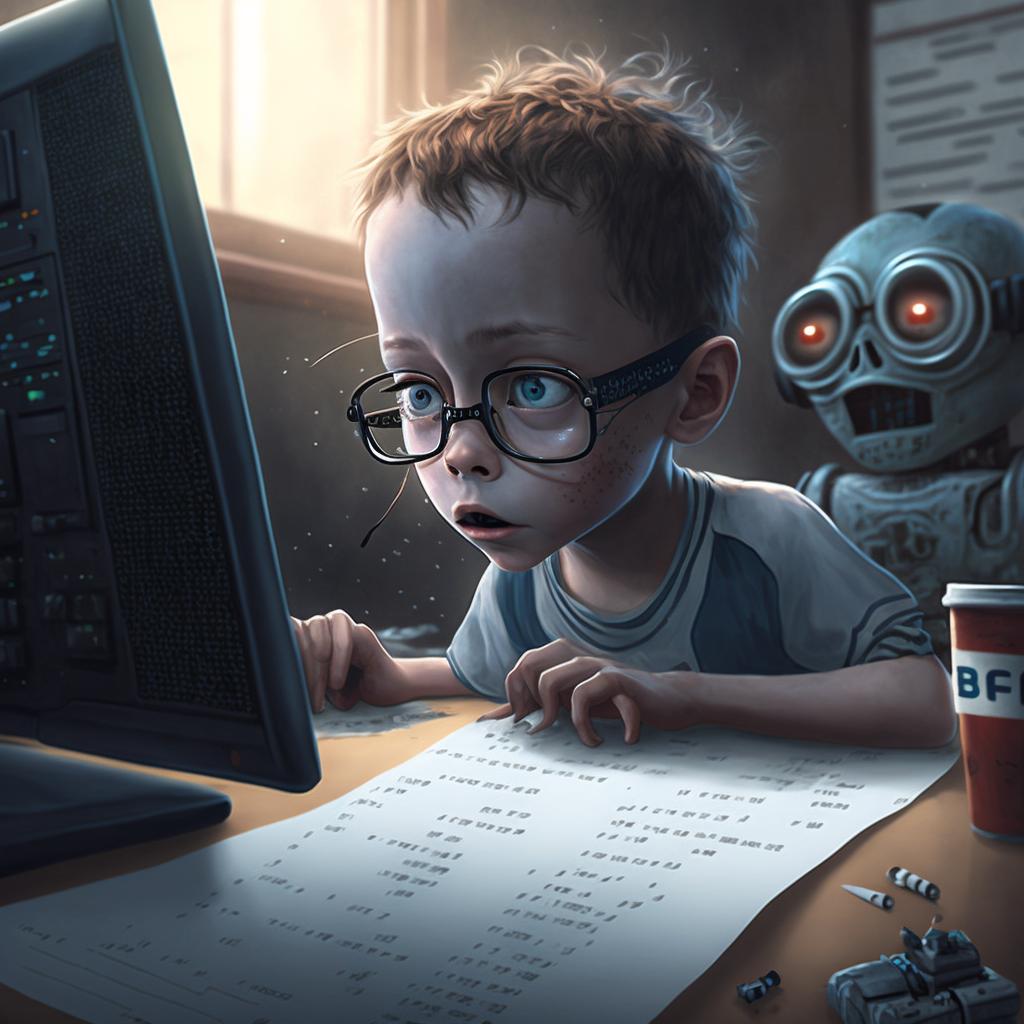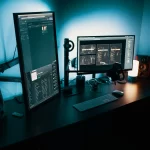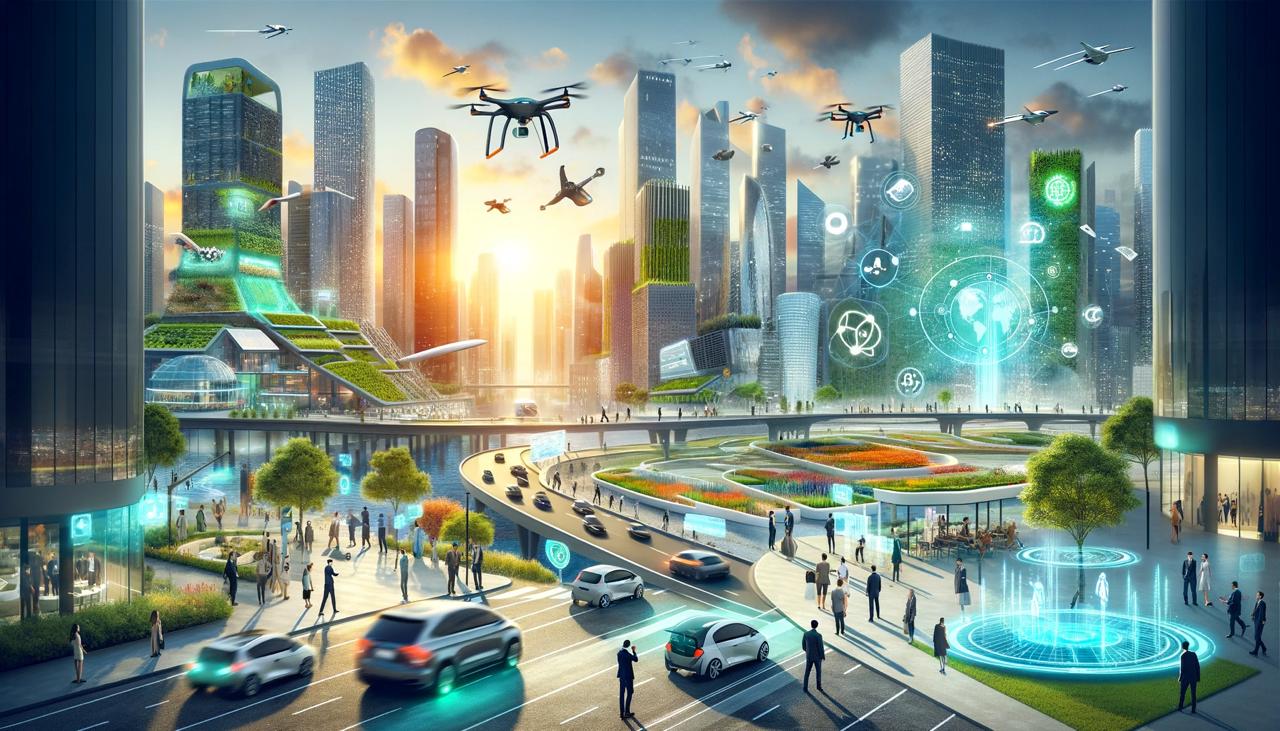From Pixels to Reality: How AI-Generated Images are Revolutionizing Industries
Artificial intelligence (AI) is transforming the way we create and view images. With the help of AI, we can now generate images that are realistic, visually appealing, and often indistinguishable from real-world photographs. This technology, known as generative adversarial networks (GANs), is revolutionizing industries such as art, fashion, gaming, and medical imaging. In this article, we will explore how AI-generated images are changing the way we see the world and the potential impact they will have on various industries.
Generative Adversarial Networks (GANs)
Generative adversarial networks (GANs) are a type of deep learning model that involves training two neural networks against each other to generate realistic images. One of the networks, known as the generator, creates random images, while the other network, known as the discriminator, evaluates the generated images for realism. Over time, the generator learns from the discriminator’s feedback, and the two networks continue to improve until the generator can create realistic images that can fool the discriminator.
* * We are going to use Midjourney AI to create the images for this blog.
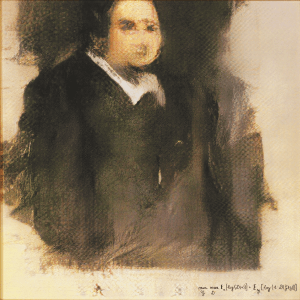
Real-Life Use Cases
- Art
AI-generated art has become increasingly popular in recent years. One notable example is the “Portrait of Edmond de Belamy,” created by a French art collective called Obvious. The painting was created using GANs and sold at auction for $432,500 in 2018. Other examples of AI-generated art include “AICAN,” a program created by Rutgers University that can create original art pieces, and “The Next Rembrandt,” a project that used AI to create a new painting in the style of the famous Dutch artist.
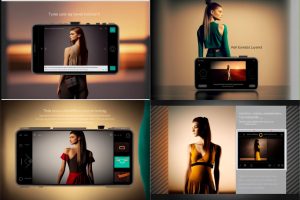
- Fashion
AI-generated images are also being used in the fashion industry. One example is H&M’s “Virtual Closet,” which allows users to upload photos of their clothing items and generate outfits using AI. This helps users to visualize new outfits and mix and match their clothes more effectively. Other fashion industry examples include “DressX,” a virtual clothing store that sells clothing designed by AI, and “Zalando,” a fashion company that uses AI to predict fashion trends and suggest outfits to customers.
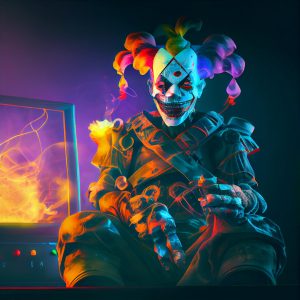
- Gaming
AI-generated images are used extensively in gaming to create realistic environments and characters. One example is NVIDIA’s StyleGAN2, which can generate photorealistic faces of people who do not exist in real life. These generated faces can be used in video games or other digital media. Another example is “Project Alexandria,” a collaboration between NVIDIA and video game company Remedy that uses AI-generated images to create more realistic characters and environments in games.
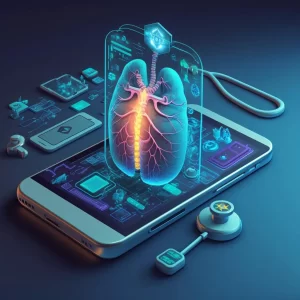
- Medical Imaging
AI-generated images are also being used in the medical industry. One example is the use of GANs to generate images of organs and tissues for medical diagnosis. This allows doctors to see detailed images of organs and tissues without the need for invasive procedures. Another example is “DeepDR,” a program created by researchers at the University of Michigan that uses AI to detect diabetic retinopathy, a condition that can lead to blindness.
Limitations and Challenges
While AI-generated images have many potential benefits, there are also limitations and challenges to consider. One of the main concerns is the ethical implications of deepfakes, which are AI-generated images or videos that are manipulated to deceive viewers. Deepfakes can be used to spread misinformation or create fake news, which can have serious consequences. Another concern is the lack of creativity in AI-generated images, as they are created based on pre-existing data and patterns. This can limit their potential for truly original and unique creations.
Future of AI-Generated Images
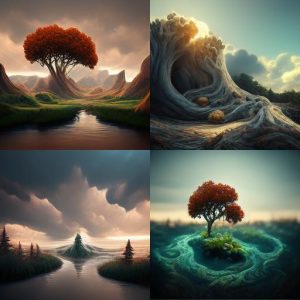
Despite the limitations and challenges, the future of AI-generated images looks promising. Emerging trends include 3D image generation and video synthesis, which have the potential
to revolutionize industries such as virtual reality, film, and advertising.
3D image generation involves using GANs to create three-dimensional models of objects, which can be used in various applications, including virtual reality and augmented reality. This technology has the potential to create more immersive and interactive experiences for users.
Video synthesis involves using GANs to create new videos based on existing footage. This technology has applications in film and advertising, allowing for the creation of new content without the need for expensive reshoots. For example, a company could use video synthesis to create new advertisements featuring its products without the need for full-scale production.
Overall, the potential of AI-generated images is vast, and we are only scratching the surface of what is possible. As technology continues to evolve, we can expect to see even more innovative applications in various industries. However, it is important to consider the ethical implications of this technology and ensure that it is used responsibly to avoid any negative consequences.
Examples of AI-Generated Images tools with descriptions of how they work:

- Midjourney: Midjourney is an AI-powered image generation tool developed by Skylum. The tool creates images that blend real-world photography with AI-generated elements, such as skies, clouds, and textures. Midjourney uses GANs to generate these elements and seamlessly integrate them into the original image, creating a new and unique image that looks like a real photograph. The process of generating an image with Midjourney involves several steps. First, the user selects an original photograph as the base image. Then, the user selects the elements they want to add to the image, such as a new sky or texture. Midjourney generates these elements using GANs and integrates them into the base image using a sophisticated blending algorithm. The user can then adjust various parameters, such as the intensity and color of the AI-generated elements, to control the final output. Midjourney has various applications in photography and design. It allows photographers to enhance their images and create new and unique compositions that would be difficult or impossible to achieve manually. Designers can use Midjourney to create eye-catching graphics and visuals for their projects, such as book covers, posters, and advertising campaigns. One of the key benefits of Midjourney is its ability to generate realistic and convincing images that look like real photographs. The AI-generated elements blend seamlessly with the original image, creating a cohesive and natural-looking composition. This can save photographers and designers time and effort, as they do not need to manually create these elements or source them from other images.
- Deep Dream: Deep Dream is a neural network-based image generation tool developed by Google. The tool uses a technique called convolutional neural networks (CNNs) to analyze and identify patterns in existing images. It then generates new images by enhancing or distorting these patterns, creating surreal and dream-like images. Users can input their own images into the tool and adjust various parameters to control the final output
- DALL-E: DALL-E is an AI-powered image generation tool developed by OpenAI. The tool creates images from textual descriptions, such as “an armchair shaped like a avocado.” DALL-E uses a combination of natural language processing (NLP) and GANs to generate images that match the input text. The tool can create highly detailed and complex images that were previously difficult or impossible to generate automatically.
- NVIDIA StyleGAN2: NVIDIA StyleGAN2 is an AI-powered image generation tool that creates high-quality photorealistic images of people who do not exist in real life. The tool uses GANs and a technique called progressive growing to generate images that look like real photographs. Users can adjust various parameters, such as age, gender, and hairstyle, to control the final output.
- Talk to Transformer: Talk to Transformer is an AI-powered text generation tool developed by Hugging Face. It uses GPT-2, a language generation model, to generate text based on user input. Users can enter a sentence or a phrase, and the tool will generate a continuation of the text based on its understanding of language and context. The tool can be used for various applications, including writing prompts, brainstorming, and content creation.
Conclusion
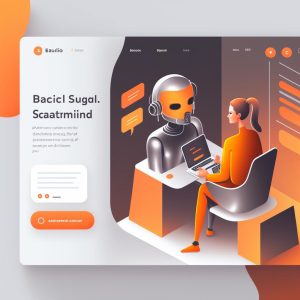
AI-generated images are becoming more prevalent in many different industries, and technology is improving rapidly. As AI continues to evolve, we can expect to see even more use cases for AI-generated images in the future. From art and fashion to gaming and medical imaging, the possibilities are endless.
Still Curious? Visit my website to know more!
Checkout my Interviews at “Professionals Unplugged”
For more interesting Blogs Visit- Utkarsh Shukla Author, Utkarsh Shukla Blogs
Add Comment
You must be logged in to post a comment.


